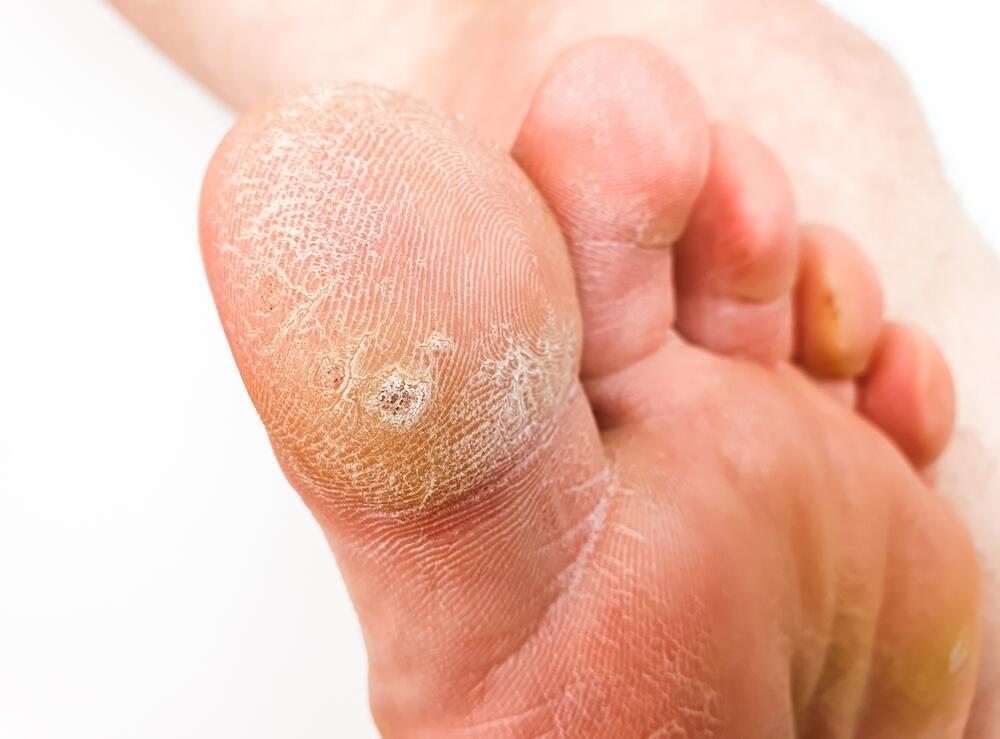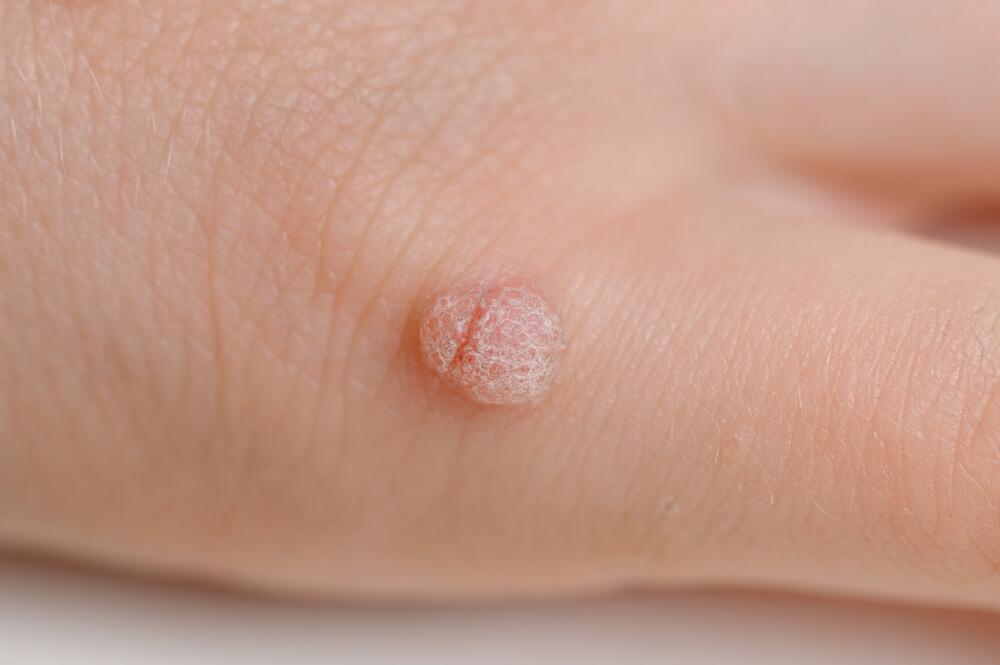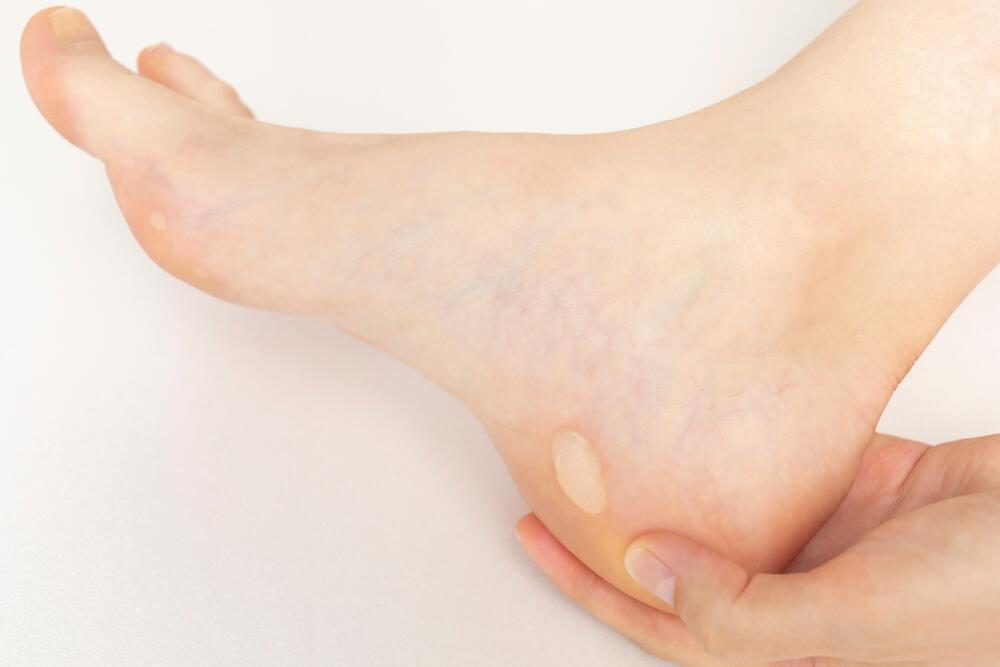Getting your Trinity Audio player ready...
Warts are typically caused by viruses and can appear anywhere on the body, even in intimate areas. There are over 100 types of warts. But what exactly is a wart? It’s a small skin growth triggered by the human papillomavirus (HPV), which penetrates the skin’s upper layers and causes cells to multiply rapidly, resulting in the familiar wart appearance.
What distinguishes different types of warts?
Appearance: Warts can be smooth or rough, skin-colored or darker, and sometimes feature black dots at the center.
Location: Warts commonly appear on the hands, feet, fingers, and face, though they can develop anywhere on the body. Since the skin is the body’s largest organ, warts can go unnoticed if they’re in less visible areas.
Size: Warts range in size from tiny dots to larger, more prominent growths.
The most common types of warts
Common wart: The most familiar type, often found on the hands. It’s viral, with a rough, grayish or yellowish surface, and usually painless, though it may itch or cause discomfort if located in a high-friction area. It’s contagious and spreads through direct contact with the affected area.
Treatments include freezing with liquid nitrogen, topical treatments or even laser removal.
Flat wart: A smaller, smoother variant of the common wart, usually skin-colored or light brown. It often appears on the face, back, hands and feet, particularly in areas prone to friction or pressure. While painless, it may cause discomfort.
Genital warts (Condyloma): These warts appear in the genital or anal areas and, occasionally, the mouth or throat. In women, they can pose a cancer risk, particularly for cervical cancer, while in men, the risk is mostly aesthetic, though anal cancer is also a concern. Genital warts are highly contagious and spread mainly through sexual contact.
Treatments involve topical medications, freezing with liquid nitrogen or sometimes surgical removal.
Skin tags
Although not warts, skin tags are often mistaken for them. They are small, skin-colored growths that usually appear on exposed areas such as the face or neck. While generally harmless, people often choose to remove them for cosmetic reasons or because they can cause discomfort when irritated by jewelry or clothing.
Pain and treatment
Not all warts are painful, though some can cause discomfort, especially if located in pressure-prone areas like the feet. In many cases, warts disappear on their own, but it’s always advisable to consult a dermatologist for a proper diagnosis and treatment plan.




